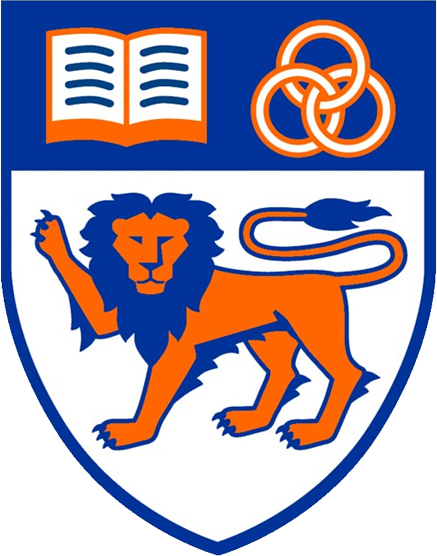Problem B
Racing Game
A certain game company famous for its PR stunts have just announced a new arcade racing game concept. Honestly, it is just like a standard racing game: players compete to finish each race in the fastest time, and they are ranked on a scoreboard based on their time. However, there is a twist: the company may sometimes increase or decrease all of the time records they have. "It is to motivate new players to try our game", they said.
As a game developer for that company, you are ordered to take care of the scoreboard system. Formally, you need to handle three types of operations:
-
Put a new time record $X$ into the scoreboard.
-
Add $Y$ to all existing time records on the scoreboard. Note that this might make some time records to be negative.
-
Find the $Z$-th fastest time record on the scoreboard. Due to performance concerns, $Z$ is at most $10$.
Now, you have to run your program on $Q$ successive operations your colleague has prepared to test your program.
Input
The first line contains one integer $Q$ ($1 \le Q \le 200\; 000$), denoting the number of operations.
The next $Q$ lines will be in the form of one of the following:
-
$1\; X$ ($0 \le X \le 100\; 000\; 000$), meaning we have to put an integer $X$ to the scoreboard.
-
$2\; Y$ ($-10\; 000 \le Y \le 10\; 000$), meaning we have to add an integer $Y$ to all existing time records.
-
$3\; Z$ ($1 \le Z \le 10$), meaning we have to output the $Z$-th fastest time record on the scoreboard. It is guaranteed that there are at least $Z$ time records on the scoreboard.
Output
For each "$3\; Z$" operation, output the $Z$-th fastest time record in the scoreboard.
Subtasks
-
($12$ Points): $Q \leq 2\, 000$, and $Z = 1$ for each "$3\; Z$" operation.
-
($13$ Points): $Q \leq 2\, 000$.
-
($17$ Points): There is no "$2\; Y$" operation, and $Z = 1$ for each "$3\; Z$" operation.
-
($18$ Points): There is no "$2\; Y$" operation.
-
($15$ Points): $Z = 1$ for each "$3\; Z$" operation.
-
($25$ Points): No additional constraints.
Explanation
In the first sample, below is what happened on each operation:
-
We put $11$ to the scoreboard. Hence, the scoreboard now contains $[11]$.
-
We have to output the $1$st fastest time record, which is $11$.
-
We add $29$ to all time records. Thus, the scoreboard becomes $[40]$.
-
We have to output the $1$st fastest time record, which is $40$.
-
We put $97$ to the scoreboard. Hence, the scoreboard now contains $[40, 97]$.
-
We have to output the $2$nd fastest time record, which is $97$.
-
We put $0$ to the scoreboard. Hence, the scoreboard now contains $[40, 97, 0]$.
-
We add $-10$ to all time records. Thus, the scoreboard becomes $[30, 87, -10]$.
-
We have to output the $2$nd fastest time record, which is $30$.
Warning
The I/O files are large. Please use fast I/O methods.
| Sample Input 1 | Sample Output 1 |
|---|---|
9 1 11 3 1 2 29 3 1 1 97 3 2 1 0 2 -10 3 2 |
11 40 97 30 |
| Sample Input 2 | Sample Output 2 |
|---|---|
11 1 1 2 -101 1 50 1 0 2 32 1 32 2 -1 3 1 3 2 3 3 3 4 |
-69 31 31 81 |

